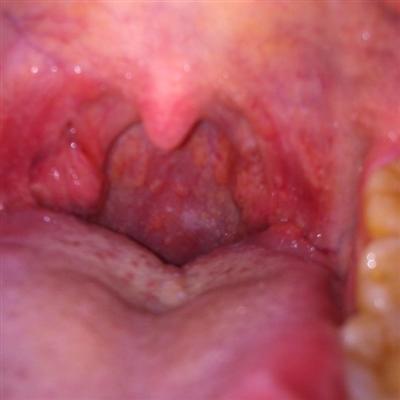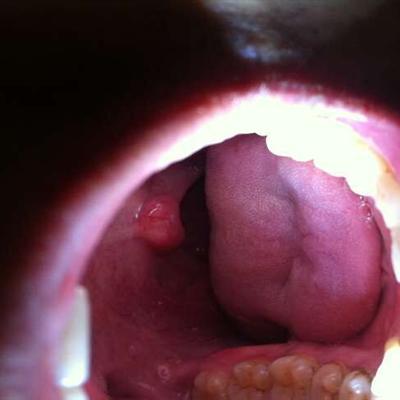How does nerve grow tumor to return a responsibility?
summary
Neurogenic tumors originate from the spinal nerve, sympathetic trunk, intercostal nerve and vagus nerve, which may lead to physical problems. Neurogenic tumors are one of the most common mediastinal tumors in adults and children. Almost all types of neurogenic tumors are located in paravertebral sulcus and grow along the sympathetic chain or spinal and intercostal nerves. The incidence rate of the left and right vertebral groove is equal, the tumor can occur at any level, but the above half or upper 1/3 mediastinum is more common. Now let me talk to you about neuroblastoma?.
How does nerve grow tumor to return a responsibility?
First, neurogenic tumors can be divided into benign tumors and malignant tumors. The common benign neurogenic tumors are schwannoma, neurofibroma and melanotic schwannoma granulosa cell tumor, which are more common in adults aged 30-50; The common malignant neurogenic tumors are neurogenic sarcoma and malignant Schwann cell tumor. Neurogenic tumors are often solitary, with sharp tumor boundaries. When the tumor is large, the spinal center can be necrotic, liquefied, calcified, and can compress the lung tissue. Neurogenic tumors, even benign, can compress and invade the ribs and vertebral bodies.

Second, the symptoms of patients with neurogenic tumors are closely related to their age. When the patients with neurogenic tumor are adults, most of them have no obvious symptoms. A few patients will have cough, dyspnea and other symptoms. About 3% - 6% of the patients will have spinal cord compression and related symptoms; When patients with neurogenic tumors are children, the symptoms of children are cough, suffocation and dyspnea; When the patient with neurogenic tumor is a newborn and the tumor is malignant, Horner syndrome is the most common symptom in children. Children can also have signs such as fever and fatigue, and a few children will have paraplegia.

Third: the diagnosis of patients with neurogenic tumors needs auxiliary examinations, such as chest X-ray, CT, etc. Among them, the chest X-ray showed that the mass was round or oval, with uniform density shadow, occasionally triangular or lobulated, which could show the change of tissue space, the widening of costal space around the tumor, the compressive bone absorption of ribs and vertebral bodies or the enlargement of intervertebral foramen. The lateral view showed that the tumor was located in the posterior mediastinum and paraspinal sulcus, with clear boundary; CT or MRI examination can improve the accuracy of diagnosis of mediastinal tumor, help doctors to determine the nature of tumor and predict the possibility of surgical resection; Ultrasonography is helpful to differentiate solid and cystic lesions; Urine analysis can help to determine the value of catecholamine degradation intermediates in urine, which is helpful for the diagnosis of neurocytoma and / or gangliocytoma.

matters needing attention
Surgical treatment is the only treatment for neurogenic tumors. No matter whether the nerve sheath tumor is benign or malignant, surgical resection is the best choice. If the tumor is malignant, postoperative radiotherapy is helpful to improve the survival rate of patients.














